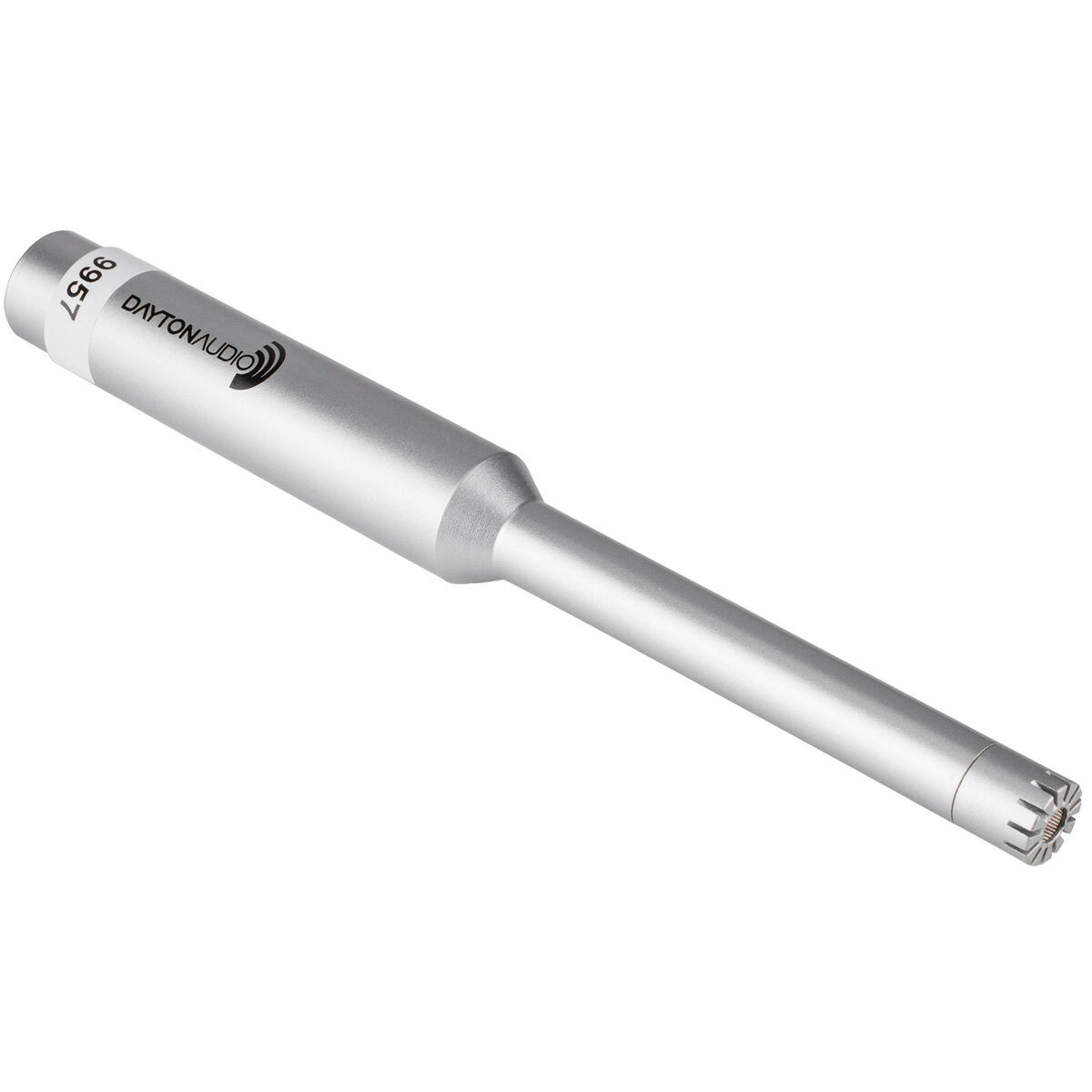- Joined
- Dec 6, 2021
- Messages
- 20
- Likes
- 12
Helo All,
I've been reading reviews on this site for a year or so and just now registered. I want to be able to make some decently accurate measurements of speakers I have purchased and some of the speakers I have made. I apologize if this is not the correct or best forum to place this.
I own a Dayton Audio iMM-6 Calibrated Measurement microphone that I use with audio tools on my iPhone. So far the measurements of been like this, a manual process.
Put my iPhone on a stand about 1m from the speaker.
Use "level" to send a test tone at 1000hz, adjust volume until it reaches the expected SPL of the speaker at 1m (usually 88-91db)
Manually test various levels and write down the results (XLS). 20hz, 25hz, etc. Many manual data points.
Using XLS create a decent little graph of my results.
So this is far too tedious and time consuming, plus it's limited to SPL based on a cheap calibrated microphone with output from an iPhone.
Dayton audio makes USB calibrated mics and I have seen other things on the net.
To cut through the BS, what is the best lower cost setup I could use at home to measure speakers? I definitely need software and hardware both. I can spend a few hundred dollars, but cheaper is better. Cheaper leaves me with more money to buy and build more speakers. Thoughts? Thanks guys, love the site.
Nurmdog
I've been reading reviews on this site for a year or so and just now registered. I want to be able to make some decently accurate measurements of speakers I have purchased and some of the speakers I have made. I apologize if this is not the correct or best forum to place this.
I own a Dayton Audio iMM-6 Calibrated Measurement microphone that I use with audio tools on my iPhone. So far the measurements of been like this, a manual process.
Put my iPhone on a stand about 1m from the speaker.
Use "level" to send a test tone at 1000hz, adjust volume until it reaches the expected SPL of the speaker at 1m (usually 88-91db)
Manually test various levels and write down the results (XLS). 20hz, 25hz, etc. Many manual data points.
Using XLS create a decent little graph of my results.
So this is far too tedious and time consuming, plus it's limited to SPL based on a cheap calibrated microphone with output from an iPhone.
Dayton audio makes USB calibrated mics and I have seen other things on the net.
To cut through the BS, what is the best lower cost setup I could use at home to measure speakers? I definitely need software and hardware both. I can spend a few hundred dollars, but cheaper is better. Cheaper leaves me with more money to buy and build more speakers. Thoughts? Thanks guys, love the site.
Nurmdog


